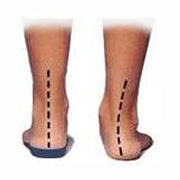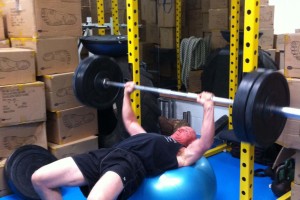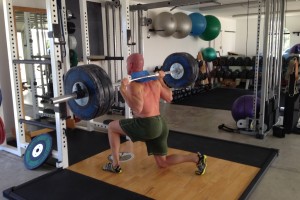How To Choose Shoes For Exercise
Happy Friday!
Today is a great day to celebrate the coming weekend. Set you intention for feeling great all weekend now, and chances are certainly better you will.
After that, why not make it a daily routine. It certainly works most days for me, so I keep doing it; when it doesn’t work, it’s usually an opportunity for me to see exactly what I’m creating unconsciously…
The bumps turn out to be great teachers if you are ready to pay attention.
I’m happy to say that I’m certainly pleased with my own progress with myself, but it is a legitimate spiritual practice and I’m growing with you every day. Looking back on my life certainly gives me lots of empathy for people who are making mistakes I’ve banged into in my life, which has been very useful as a coach.
I’m going to have a great weekend of art and relaxation. I’ll probably lift some stones as well. I’m hoping it gets rainy and cold Sunday because one of my favorite things to do is take long lazy naps in front of a nice fire. We could really use a load of water here as well.
How To Choose Shoes For Exercise
Today, I share some tips and considerations when buying new shoes to exercise in. As a general theme, what I share today also applies when purchasing any shoe you plan to spend any time in.
As a therapist, I spent the first 15 years of my career in chiropractic and physical therapy clinics offering orthopedic rehabilitation, corrective exercise, neuromuscular therapy, and related services. In that time, and in my practice since then, I’ve had plenty of experience with patients suffering from foot, knee, hip, back, shoulder, and neck problems created by poor footwear choices.
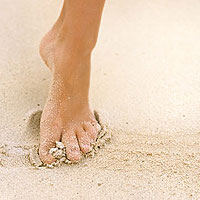
First and foremost, we must remember that our feet were designed “by nature – for nature.” The human foot is a complex bony, ligamentous, musculofascial system that is essential to our stability, performance, and survival.
In short, the grand majority (probably 95% or more) of shoes people wear for training, work, or general use, progressively disable the foot. Most shoes radically alter normal foot mechanics.
Since the foot is kinetically linked to the entire body through the musculoskeletal system, any dysfunction of the foot most be compensated for somewhere above in the kinetic chain (structure).
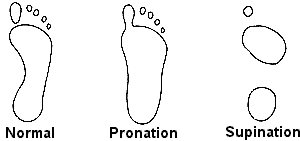
In the top image above, you can see neutral foot/ankle alignment demonstrated on the left, and pronation (collapsing of the arch) demonstrated on the right.
Pronation is the normal motion used by the foot to dissipate shock, and disburse the load effectively through the foot structure. Supination is the motion you create when you turn your hand over so you can hold a bowl of soup in your palm, or when your foot moves in the opposite direction of pronation.
Over-pronation is a common problem today, which stems from a combination of factors, including diet, inflammation of internal organs, lifestyle, lack of exercise, and of course…poorly designed footwear.
In my book, How To Eat, Move and Be Healthy! (p.121), I have a diagram explaining how inflammation and other organ stress factors can alter the control of your core (abdominal and deep back) muscles, causing structural instability.
The result of core deficiency is commonly over-pronation of the foot, which is the end product of over-pronation that usually begins all the way up to the core; the whole body goes through a cycle of pronation and supination with each breath cycle.
There are certainly many people out there who have a functional core and over-pronation because they weren’t blessed with the most functional feet, but they are a much smaller group than those who’s pronation is the result of the other factors I’ve mentioned above.
The best book I’ve seen published yet that effectively explains both how the foot actually works, and why MOST of the athletic shoes we wear are more harmful than helpful is the book, Born To Run – A Hidden Tribe, Superathletes, and the Greatest Race the World Has Never Seen – by Christopher McDougall. I highly recommend anyone serious about the health of their feet and the performance of their body read/listen to it.
The wealth of research they share in the book supports what I saw, and continue to see clinically. The grand conclusion of the book is… the more expensive a training shoe is, the more likely it is to facilitate injury.
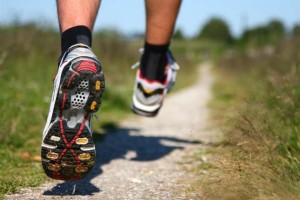
There are a wide variety of motion control shoes available, in a wide variety of price ranges, but most people wear shoes that are not ideal for them for the many reasons I’ve described above.
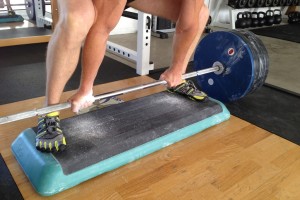
Anytime I can get someone’s organs healthy enough to support an athletic foot, I choose to put them in 5 Fingers. 5 Fingers are the most “foot-like” shoes made that allow both a wide range of applications, and relatively unobstructed, natural foot motion and action.
Here you can see me training in them when I was visiting Chek Instructor, Matthew Wallden, who is the 5 Finger distributor for the UK this his company Primal Lifestyle.
I was there to lecture at his Barefoot Conference, and was working out in his storeroom, as you can see by the boxes.
The only other shoes I use to train in are the one God gave me, except for when I’m hiking in rugged bush territory where I need more protection.
I’ve reposted a previous video here so that you can see me in action lifting in my 5 Fingers:
Not everyone is ready to be in 5 Fingers though. I’ll cover more about this in my upcoming blog next week.
Have a fantastic weekend, hopefully with relaxation and quality time with your loved ones!
Love and chi,
Paul Chek
